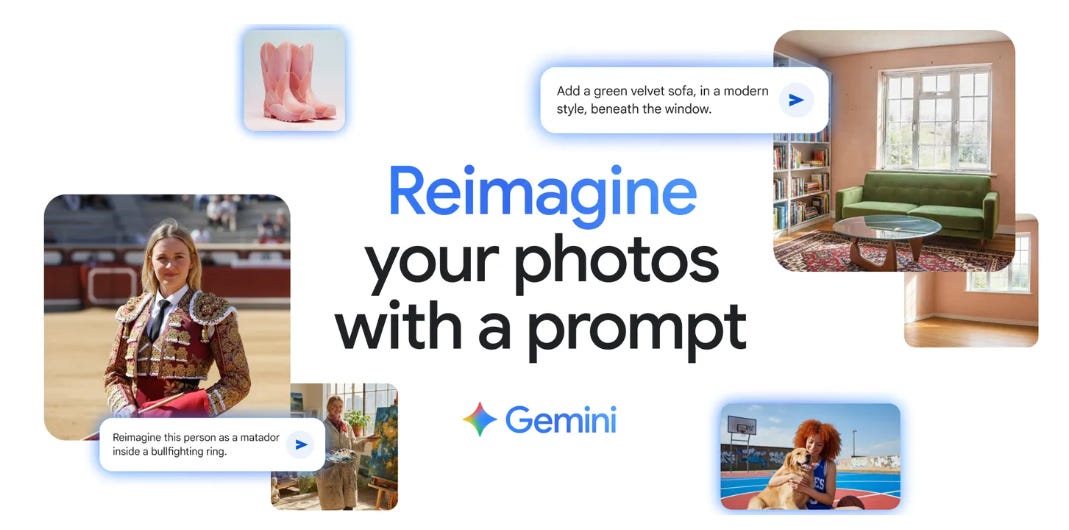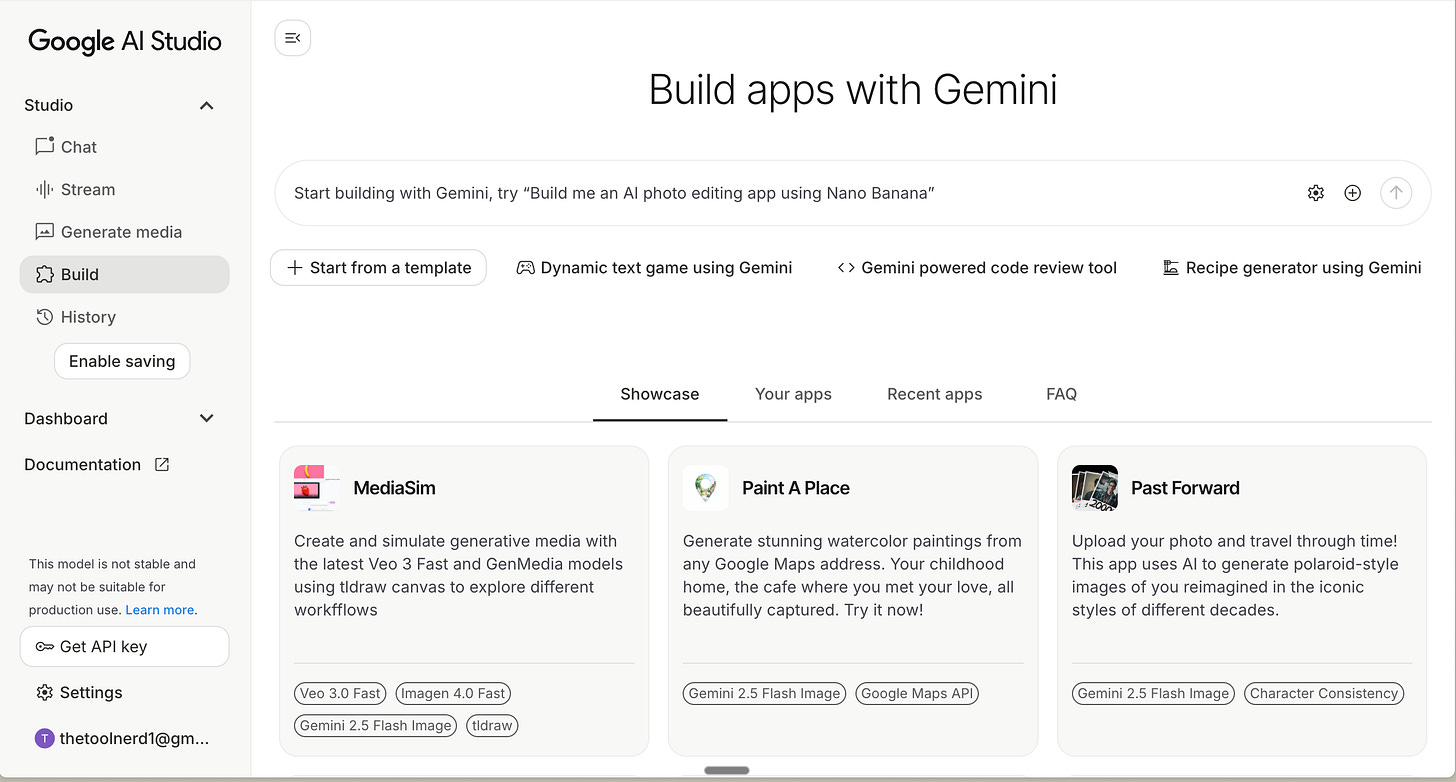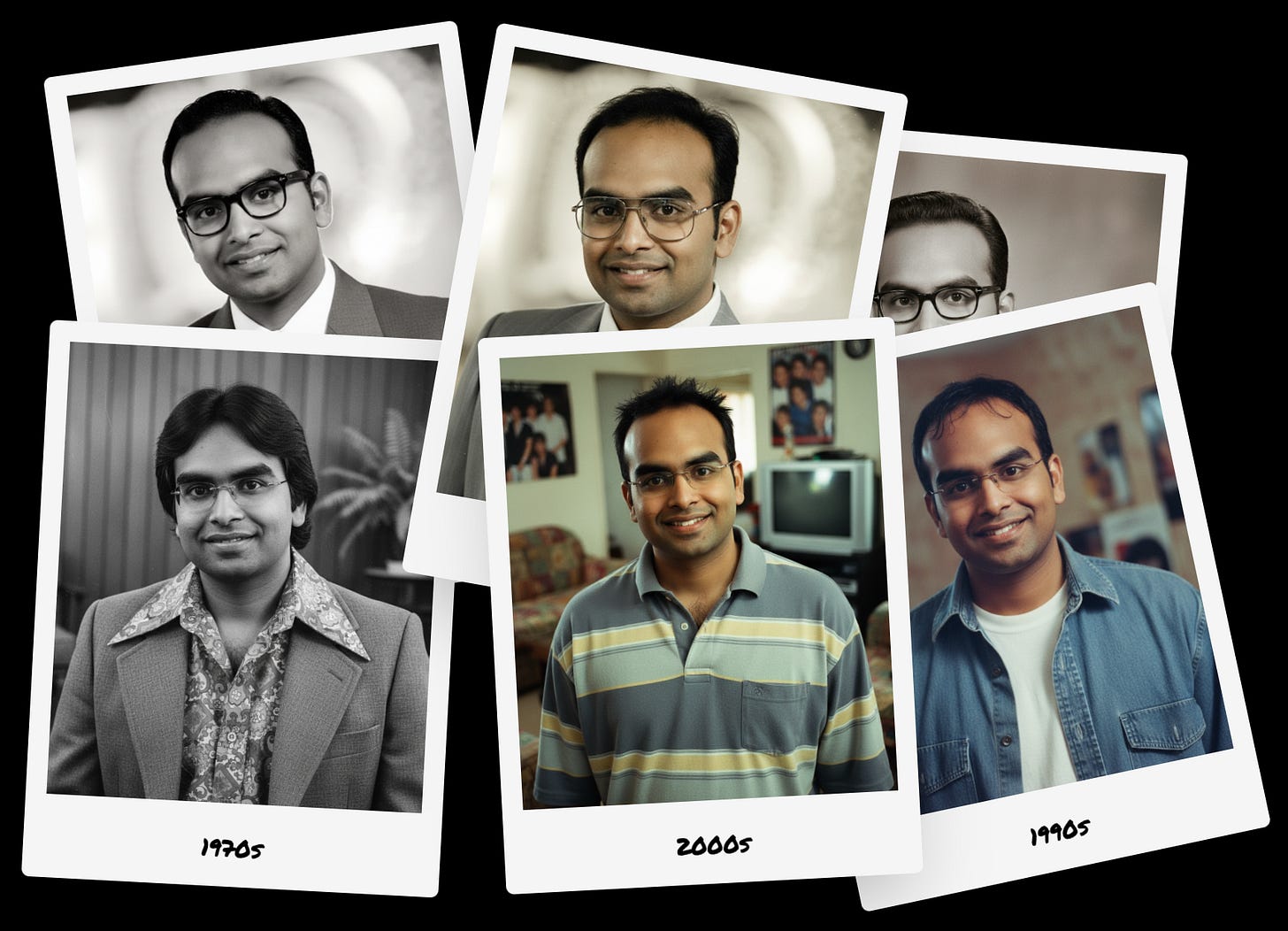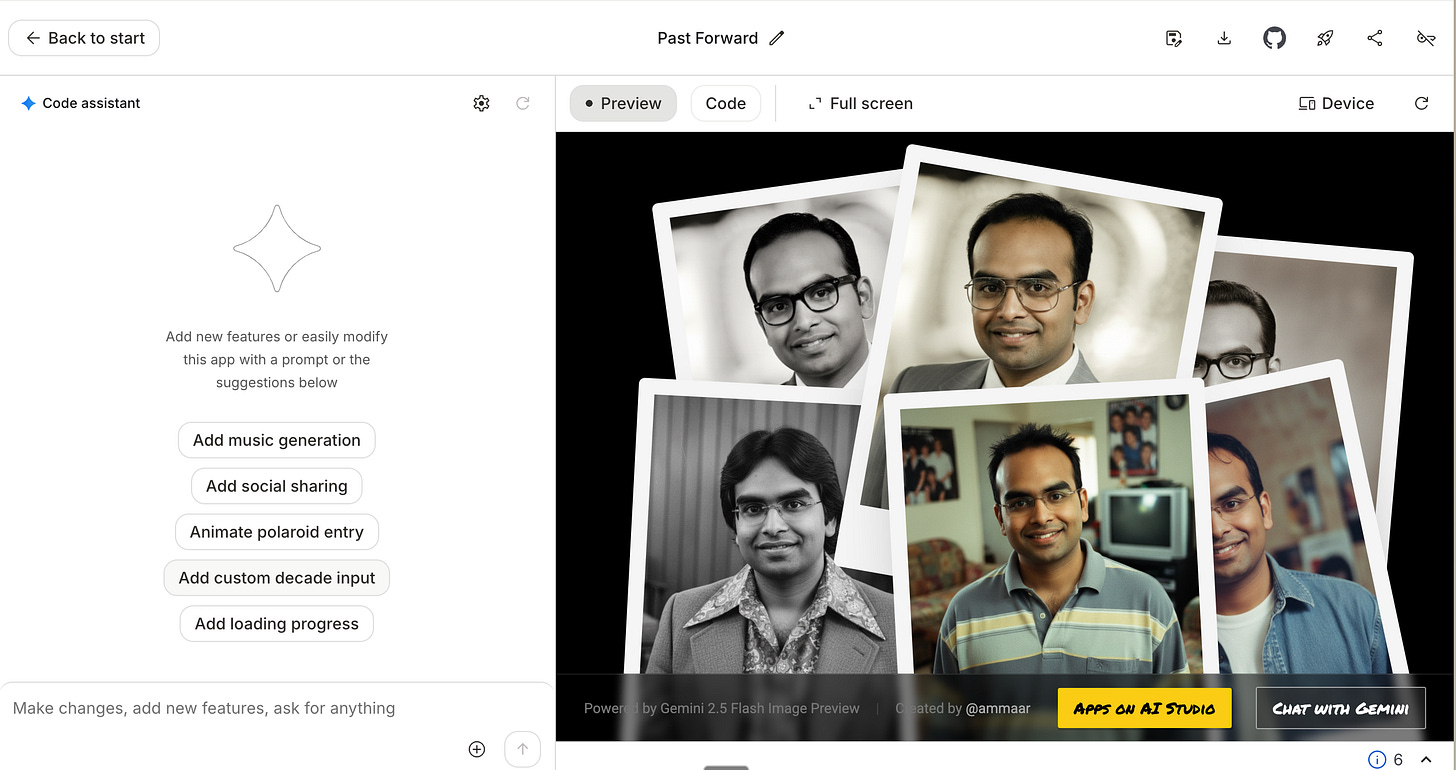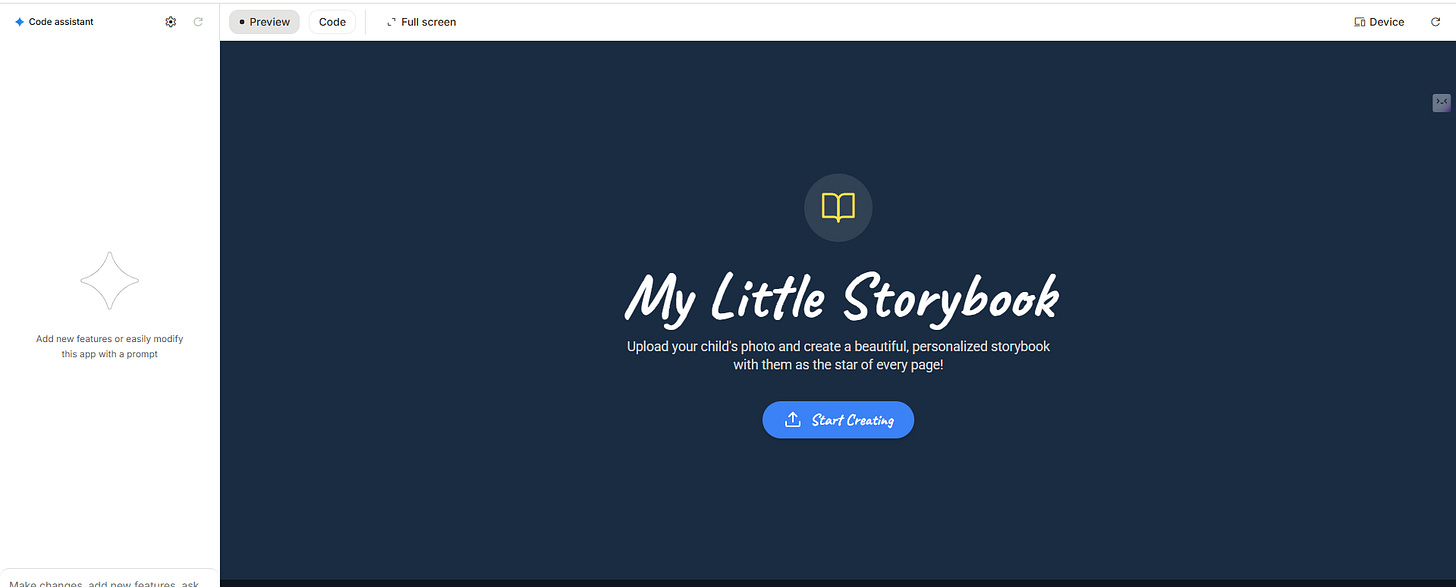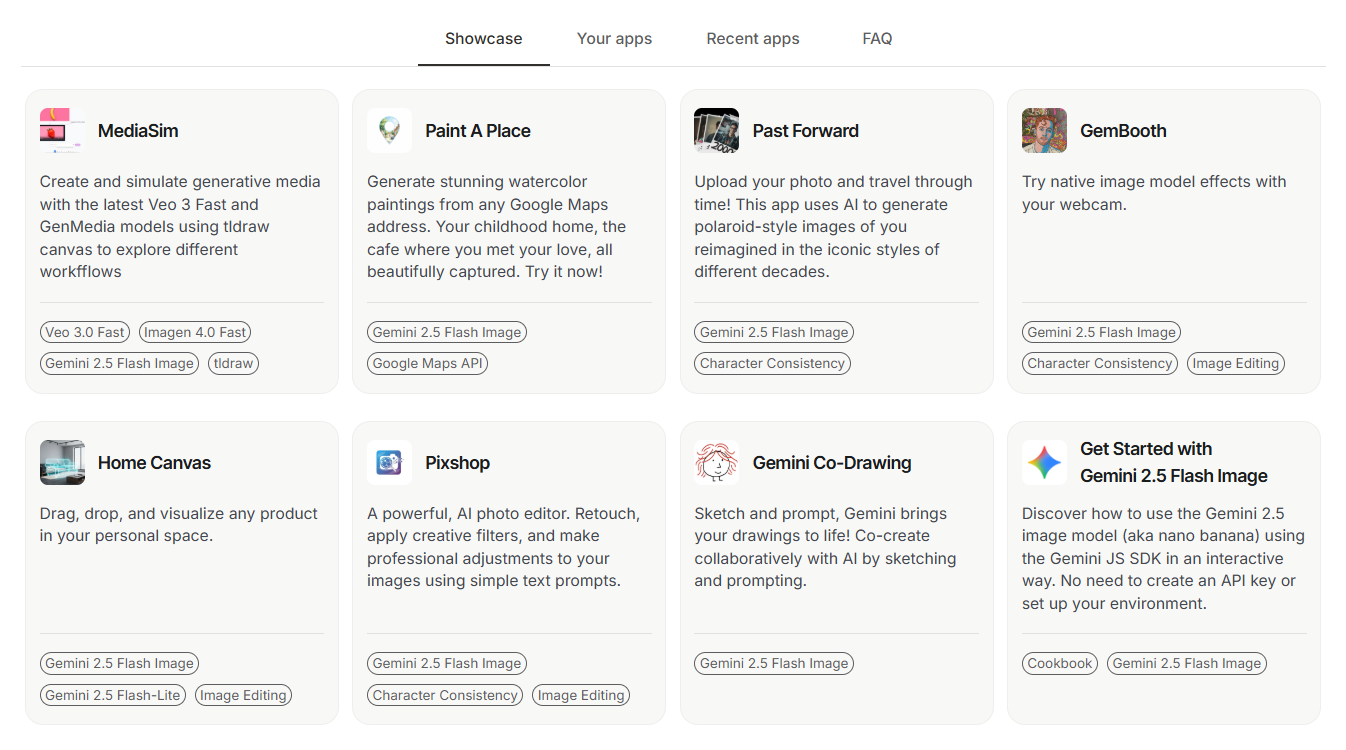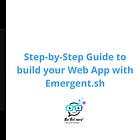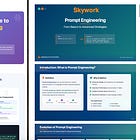Nano Banana (Gemini 2.5 Flash Image): Features, Use Cases, and How I built my own Micro-App in AI Studio
Nano Banana (Gemini 2.5 Flash Image) delivers consistent, high-quality AI image generation. Explore its features, demos like Photo Time Travel, and how I built a kids’ storybook generator.
Nano Banana first appeared online as a mysterious model. For some time, people weren’t sure if it was Google’s work or not. Eventually, Google confirmed that Nano Banana is actually the Gemini 2.5 Flash Image model. That clarified things—and the excitement only grew. The images were consistently high quality, and Twitter was full of examples.
Initially, it was only accessible through LM Arena. But with the official release, it became available via AI Studio, and that’s where my own exploration began.
No Time to Read? Here’s the Scoop
Nano Banana = Gemini 2.5 Flash Image model — delivers character consistency, speed, and prompt-driven edits.
Build in AI Studio — a separate tab with demo apps, open source code, and one-click Remix and Deploy.
My example — I turned the Photo Time Travel demo into a storybook generator for kids.
Why it matters — This combination transforms AI from a demo into a platform for real, shareable micro-apps.
Stop Rewriting Resumes— Aryan AI Resume Assistant
Why wrestle with resume rewrites when Aryan AI can do the heavy lifting? At helloaryan.com, professionals voice their requirements and let Aryan's intelligent algorithms transform their existing resume for each application—strategic positioning made effortless.
Subscribe and get free one year access in this blog.
Key Features of Nano Banana (Gemini 2.5 Flash Image)
According to Google’s official announcement, Gemini 2.5 Flash Image stands out for:
Character Consistency — it can keep a person, pet, or object recognizable across edits and prompts.
Prompt-based Precision — edit with natural language: change backgrounds, clothing, poses, or remove objects. I restored an old photo of my mom, and she was like “Wow!! It is so good”
Multi-Image Fusion — combine multiple photos into one coherent scene or blend different images into one
Conversational Refinement — iterative editing where each change builds on the last.
World Knowledge — awareness of context, useful for educational or creative scenes.
Speed and Affordability — images generate in under 10 seconds, priced around $0.039 per image.
Transparency — every image is watermarked with invisible SynthID.
These features explain the strong reception. It’s fast, consistent, and practical enough for real-world workflows.
The Build Section in AI Studio
When I logged into AI Studio to try the Nano Banana model, I noticed the Build tab. This turned out to be more than just an editor—it was a full space for creating and sharing micro-apps.
Here’s what stood out:
Prebuilt Demo Apps — Google had published working examples like the Past Forward - Photo Time Travel app. You upload a photo and see yourself styled in different decades—1920s, 1960s, 2000s. It’s simple, but it shows what’s possible.
Remix Option — Every demo includes a “Remix” button. This lets you fork the app, tweak the prompts, and make it your own without starting from scratch.
You can start writing your prompt or enhancing the app right there with the help of coding assistant.
Open Source Code — The full code is visible and editable, so you can customize functionality, UI, or prompts as much as you like.
One-Click Deployment — Once remixed, you can publish your app instantly. No servers, no extra cost, just a live app you can share.
Free to Explore — All of this is available at no additional cost, making it very approachable to experiment.
I hadn’t paid much attention to Build before, but the combination of Nano Banana and these tools gave it new weight. Suddenly, AI Studio wasn’t just a place to test prompts—it was a platform to build real, shareable micro-apps.
My Custom Micro-App: A Kids’ Storybook Generator
Using the Remix option, I customized the Photo Time Travel app into something more personal: a storybook generator for kids.
Instead of decades, the prompts placed the uploaded child’s photo into illustrated storybook scenes—learning alphabets, showing good habits, or playful adventures.
The consistency of Nano Banana made the images believable—the same child carried through each page of the story ( Not perfect though)
The Build interface provided me with all the necessary components—upload, preview, and edit—so I only had to adapt the prompts and labels.
Within minutes, I had a shareable web app that parents could use to create personalised stories.
Check out the app: Storytbook App
The experience demonstrated how quickly ideas can evolve from a playful demo into a functional tool.
You must check out their other apps as well:
Why This Combo Matters
Nano Banana by itself is a powerful model. But when combined with the Build section of AI Studio, it becomes something more: a platform where anyone can create small, useful, or entertaining apps on top of the model.
That’s what makes this exciting. Models often come and go, but Build + Nano Banana lowers the barrier for people to actually use them in meaningful, personal ways.
Go ahead and build your own app with Google on Aistudio ( aistudio.google.com) . If you want to try out Google Gemini 2.5 Image Preview ( Nano Banana) you can do it on gemini.google.com
I must say, Google was a laggard, but not any more. The pace at which they are doing things is simply awesome!!
Check out my previous articles:


